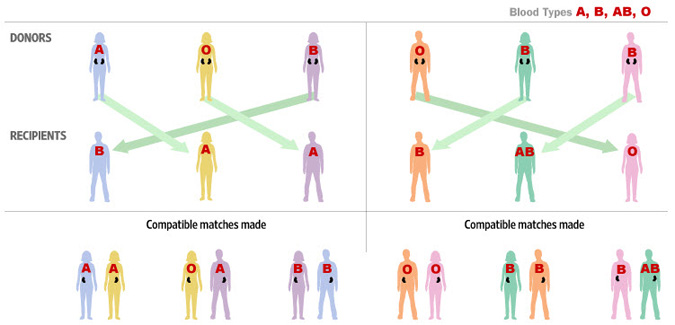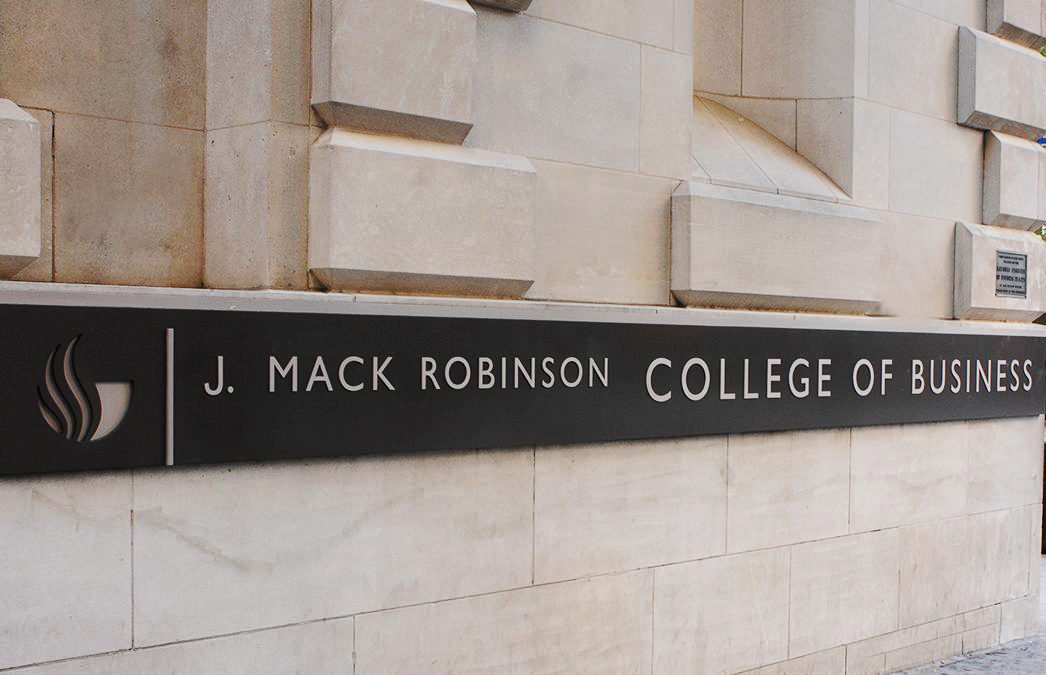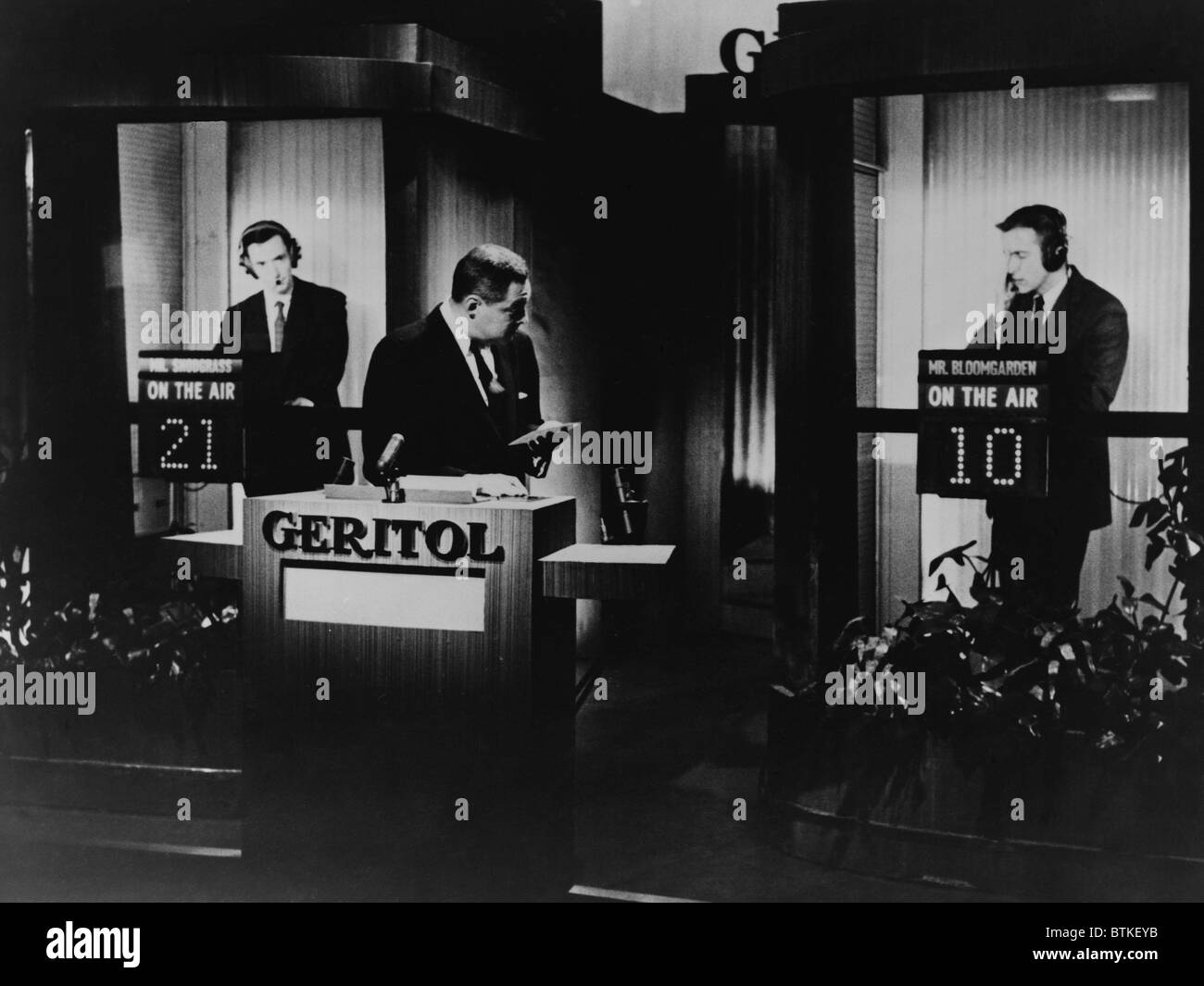This blood test is the first step in the process of living donation and determines if you are compatible or a match to your recipient. The doctor will ask that these donors have additional tests.
 Organ Donor Organ Transplant Organ Donor Services Matching Donors
Organ Donor Organ Transplant Organ Donor Services Matching Donors
In the procedure the surgical team removes the diseased liver from the recipient then transplants a portion of the donors liver in its place.

How to be a liver donor match. Evaluation for a Living Donor The evaluation helps determine if you are an appropriate match with your recipient and if you are medically fit to donate. What can I donate. When people join the Be The Match Registry they provide a sample of their DNA by swabbing their cheek.
People who are interested in becoming a living donor must first make contact with the living donor nurse coordinator. Part of a liver can also be transplanted from a living donor to help someone in need of a liver transplant. You must have the proper profile in order to become a liver donor.
The entire process is quite complex including an evaluation by a committee that must approve your case for a liver implant. This cheek swab is tested for a minimum of 6 basic HLA markers. Be a willing adult between age 18 and 60 Be prepared to commit to the pre-donation evaluation process surgery and.
Living donor liver transplants are possible because the liver has the unique ability to regenerate itself. Be The Match The National Marrow Donor Program operates an organization Be The Match. Donating part of your liver.
To become a live liver donor you must. This is why a small but growing number of individuals are opting to give a part of their liver to help someone else demand that is driving a need for more living donor liver transplant programs. In the first stage of evaluation youll undergo tissue typing and lab screening and complete a liver donor questionnaire.
Be The Match coordinates a national database of potential bone marrow donors. Patients who receive a transplant from a living donor generally have better results. To help a Michigan Medicine partnership with.
The second is with the transplant of a small portion of a liver also called a liver graft. If the first recipients surgeon does not accept the organ then the liver is offered to matching patients with the next highest MELD or PELD scores until the organ is accepted. If youre approved you then get placed on a waiting list and your prioritization is based on MELD score.
With todays advanced donor-matching technology its possible to find a good match with a living or deceased donor. You do not have to register for organ donation in most parts of the UK. Liver Transplant Criteria Donor.
Geographic factors are also taken into consideration but livers can remain. Without a timely and suitable match the critically ill people are essentially dying of their disease without having a chance says Sonnenday. There are actually three tests that are done to evaluate donors.
For more information on how to get started talk. You may have heard discussions about matching and kidney transplantation. A patients doctor will usually choose several donors who appear to match the patient at a basic level.
A donor liver is offered first to the candidate who matches on the above common elements and has the highest MELD or PELD score first indicating the most need. They are blood type crossmatch and HLA testing. This information is then given to the United Network for Organ Sharing UNOS which operates the national organ donation.
Donate your liver after you die. According to USCs patient guide the very first things looked at when matching an organ from a deceased donor are the blood and tissue type condition and size of the organ. This individual will help answer any questions or concerns you may have regarding the process.
About a third of all kidney transplants carried out in the UK are from living donors. The liver regenerates in about three to four weeks in both the donor and the recipient. The donors remaining portion of liver.
Liver Transplant Matching Criteria. When you save a life by becoming a living organ donor your donation. Should you wish to proceed you will be directed to work with the living donation patient services coordinator to collect your basic demographic information and send you forms that need to.
Even if you might find a donor on your own its important to register on the donor list as a backup. If you do not want to donate after you die you can register your choice. We provide the tools and opportunities for those awaiting a life saving transplant to connect with potential living donors that they would otherwise never meet.
Dealing with the death of a loved one is a difficult time to make an important decision quickly. Talking openly about your donor search can help identify possible donors. A liver transplant operation is life-saving surgery for patients with end stage liver disease.
Place your name on the kidney transplant waiting list to receive a donor kidney. Through initiating these relationships we hope to help people make connections that surpass political religious and socioeconomic barriers and focus on the humanity of the situation. However we perform an increasing number of liver transplants using portions of livers donated by a living relative or friend.
If you wish to donate your liver there are 2 ways you can do this. How to become a liver donor Tell your friends and family that you wish to be a liver donor it is very important that they understand and support your organ donation because your familys support is needed for donation to go ahead. At UCSF Medical Center most transplanted organs come from deceased donors.
Different nations and transplant organizations have various rules.











